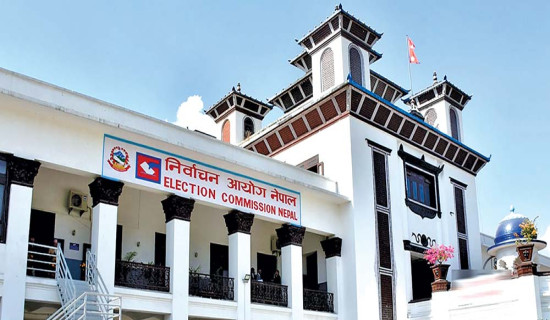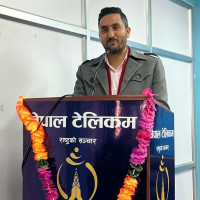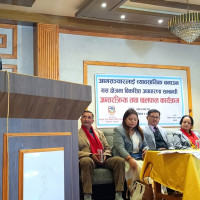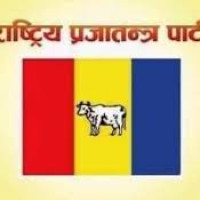- Sunday, 28 December 2025
Katuwals still shouting out news in Rukum East
By Raju Lamichhane,Rukum (East), Feb. 26: We live in a world of connections today. Thanks to technological convergence driven by the internet, we have limitless ways of receiving information from near countless sources. Not for the rural villages of Rukum (East) though as they still rely on traditional town criers (Katuwals) for news.
Katuwals are messengers who are responsible for delivering information to the residents of a particular area by yelling or playing musical instruments. Settlements across hilly Nepal used to have their own designated Katuwal up until a few generations ago. However, the evolution of modern means of communication made them obsolete and the tradition died out in many parts of the country. But not in Putha Uttarganga Rural Municipality.
Here, the tradition is not only alive but thriving, said Barse Kami of Putha Uttarganga–10. The 51-year-old has been the crier in the Tak village for the past 13 years and he told The Rising Nepal that the villagers depended on him to learn about government and non-government activities and get updates.
“I carry messages from the rural municipality, ward office, health post and other bodies and shout them out in the village for everyone’s knowledge,” he said. “As the messenger, I am often the first person told about new developments and I tell the others. I usually yell out my messages in the morning or evening when everyone is home.”
Kami shared that his Katuwal occupation allowed him to earn enough to support his 10-member family.
Similarly, 61-year-old Shir Bahadur Kami, who is the town crier in Kol, Putha Uttarganga–12, said that he announced everything from vaccination programmes to social gatherings. “This is an age-old custom that we are still following,” he said.
Old ways, new wage
The ways Katuwals deliver messages has changed little over the centuries. However, the wages they receive for it has.
In years past, they used to be given foodgrains for their services. Now, they are given money. Tak’s Katuwal Kami shared, “Families used to give us food items every six months. But for the past two years, they have been giving money.” He informed that each household gave him Rs. 320 twice a year. There are 400 households in Tak.
Kol’s Shir Bahadur Kami said he also received money from the villagers. Each of the 600 households gives him Rs. 200 every year.
Bhupendra Budha, vice-chair of Putha Uttarganga, said that many in rural areas preferred to get information from Katuwals because they did not have access to other sources, lived in remote locations and wanted to keep the ancient tradition alive. She also informed that the local government offered to give the messengers a microphone but they refused, preferring to scream instead.
















